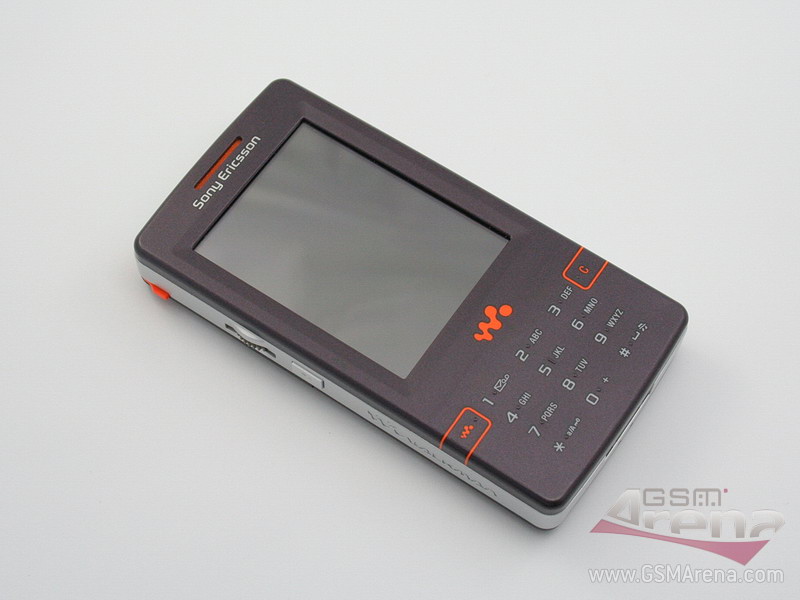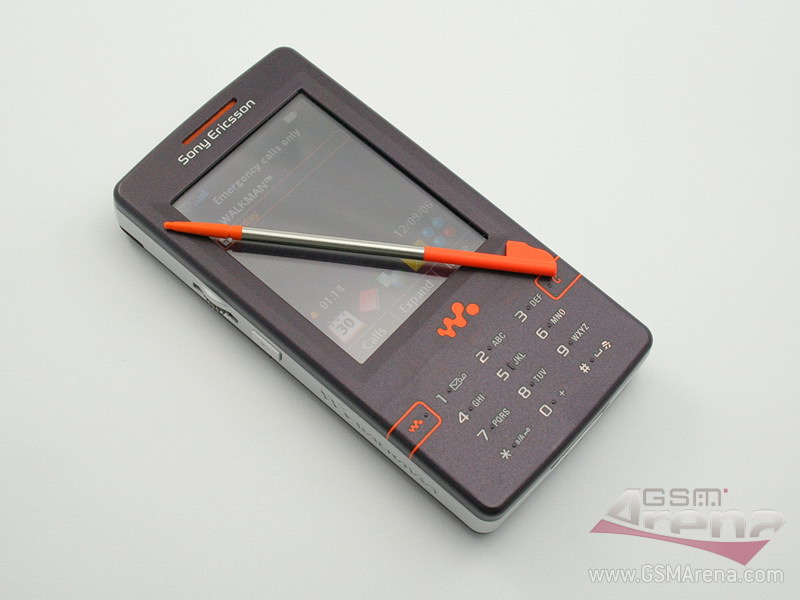Sony Ericsson W950 InDepth Review and Analysis

Introduction to Sony Ericsson W950
The Sony Ericsson W950, introduced in February 2006, was a standout device in its time. Known for blending music-focused features with smartphone capabilities, it was part of the renowned Walkman series that emphasized music playback features. Although now discontinued, its legacy remains significant in the evolution of mobile phones.
Design and Build
The Sony Ericsson W950 boasted an elegant and compact design. With dimensions of 106 x 54 x 15 mm and a weight of 112 grams, it was relatively light and comfortable to carry. Its Mystic Purple color gave it a unique and stylish look. The body was built to house a Mini-SIM, and its form factor was designed to easily fit into pockets, making it a portable companion for music enthusiasts.
Display Specifications
The device featured a 2.6-inch TFT resistive touchscreen capable of displaying 256K colors. With a resolution of 240 x 320 pixels and a screen-to-body ratio of approximately 36.6%, the display provided decent clarity and color depth for its time. The touch interface, although resistive, allowed users to navigate through its UIQ 3.0 user interface effectively.
Platform and Performance
Under the hood, the W950 was powered by a 32-bit Philips Nexperia PNX4008 processor running at 208 MHz. It operated on the Symbian 9.1 operating system with the UIQ 3.0 interface, offering smartphone capabilities in managing tasks and applications. While it might not compare with today’s standards, during its release period, it provided sufficient performance for handling everyday tasks.
Memory and Storage
The W950 came with an internal storage capacity of 4GB, which, at the time, was quite ample for storing music and applications. However, it lacked a card slot, which limited expandability. Despite this limitation, the built-in memory was sufficient for a large music library, aligning with the device's main purpose as a music phone.
Music and Sound Experience
The Sony Ericsson W950 was positioned as a music-centric phone as part of the Walkman series. It supported various audio file formats, including MP3 and AAC, and allowed users to download ringtones and even compose their own. Embedded with a stereo FM radio, users could enjoy music not only from stored files but also tune into their favorite radio stations. The absence of a 3.5mm jack was notable, yet the device offered Bluetooth 2.0 with A2DP support, enabling wireless music streaming to compatible devices.
Communication Capabilities
For connectivity, the W950 supported GSM/UMTS technology compatible with 2G GSM 900/1800/1900 bands and 3G UMTS 2100 band. It provided speeds up to 384 kbps, allowing for relatively fast data transfers for its time. While WLAN connectivity was absent, the inclusion of Bluetooth and an infrared port offered alternative wireless connectivity options.
Battery Life
The device was powered by a removable Li-Ion 900 mAh battery (BST-33), which offered a standby time of up to 340 hours and a talk time of up to 7 hours and 30 minutes. The battery life was adequate for a day’s worth of usage, especially considering the device’s primary function as a music player.
User Interface and Features
The UIQ 3.0 user interface offered a straightforward and user-friendly experience, tailored to maximize the music and phone functionalities. The Opera 8.0 browser supported WAP 2.0/xHTML, HTML, and even RSS feeds, making web browsing and content consumption more accessible.
Miscellaneous Features
An important feature was the inclusion of stereo FM radio with RDS, allowing users to access real-time radio while on the move. Although it didn't have a built-in camera, which was quite common for phones during that era, it offset this by emphasizing its Walkman capabilities, which was the primary draw for users attracted to the W950.
Conclusion
The Sony Ericsson W950 remains a noteworthy device in the history of mobile phones, particularly for music lovers. It encapsulated the essence of the Walkman brand, delivering both functionality and style. Despite the limitations in connectivity options, the absence of a camera, and lack of expandable storage, it succeeded in providing a dedicated music experience. Today, it stands as a reminder of how phones have transformed from being mere communication tools to multifunctional smart devices.
Main Features of Sony Ericsson W950
- Supports GSM and UMTS network technology.
- Includes 3G connectivity with speeds up to 384 kbps.
- Compact and lightweight design, weighing only 112 g.
- 2.6-inch TFT resistive touchscreen with 256K colors.
- Operating system: Symbian 9.1, UIQ 3.0.
- Powered by a 208 MHz 32-bit Philips Nexperia PNX4008 processor.
- Internal storage capacity of 4GB.
- Includes Stereo FM radio with RDS feature.
- Bluetooth 2.0 with A2DP support and Infrared port.
- Browser compatibility with WAP 2.0/xHTML, HTML (Opera 8.0), and RSS reader.
- Removable Li-Ion 900 mAh battery providing up to 340 hours of standby time and up to 7 hours and 30 minutes of talk time.
- Distinctive Mystic purple color option.
Disadvantages of Sony Ericsson W950
- No camera functionality available.
- Lacks a card slot for expandable memory.
- No WLAN (Wi-Fi) support.
- No GPS positioning feature.
- No 3.5mm headphone jack.
- Dependence on Mini-SIM, which may be less convenient than smaller SIM options.
- Resistive touchscreen may be less responsive compared to capacitive touchscreens.
- Low screen-to-body ratio (~36.6%), leading to a smaller display area.
- Older operating system (Symbian 9.1), which may not support modern apps and features.
- Discontinued status, indicating lack of future updates and support.









View Also
More Phones
All Rights Reserved +13924 Phones © Mobilawy 2025
























